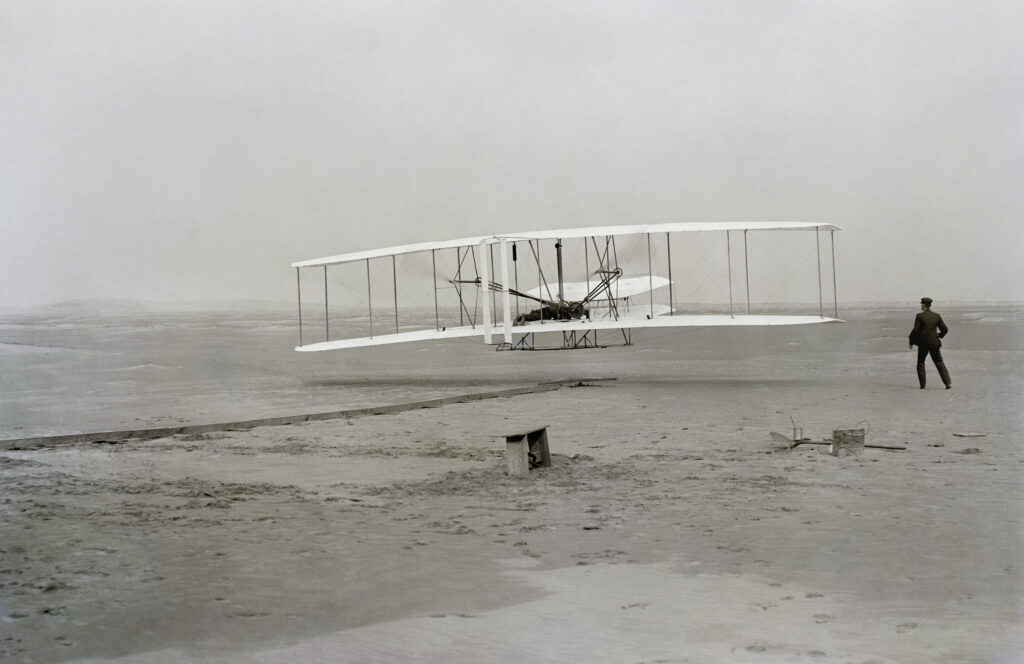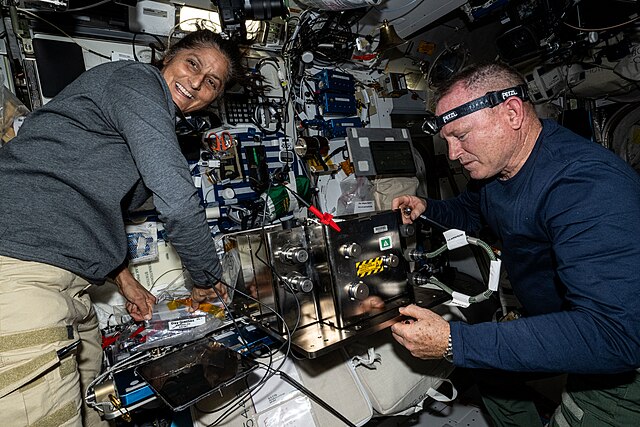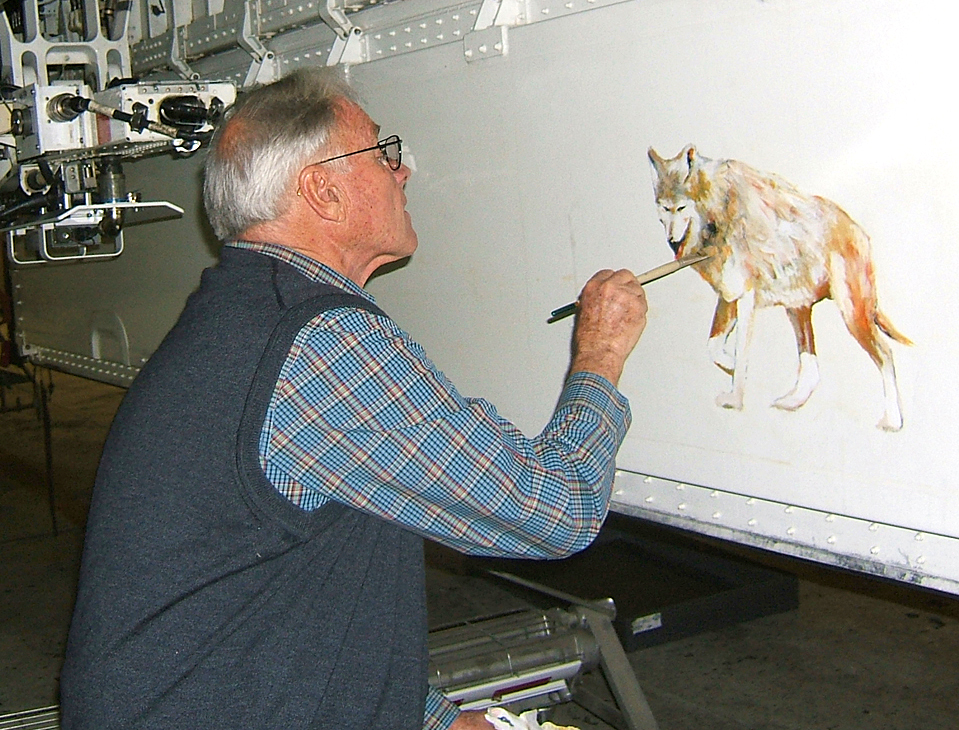by Tara Elsa
On July 16, 1969, a rocket launched from Kennedy Space Center in Florida, carrying three NASA astronauts set for the Moon for the first time in history. This mission, Apollo 11, marked the beginning of our journey beyond Earth and unlocked new potential for future space exploration.
Mission Overview
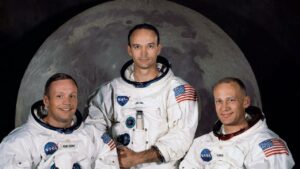
In a special State of the Union Address on May 25, 1961, President John F. Kennedy declared that the United States committed to sending and returning a man to the Moon. The Apollo 11 crew, consisting of Commander Neil Armstrong, Command Module Pilot Michael Collins, and Lunar Module Pilot Edwin “Buzz” Aldrin, landed on the Moon on July 20, 1969, for the first lunar landing mission in human history. They explored the Moon, took samples of the rocks and dust, and studied its composition.
Armstrong was the first person to set foot on the Moon, and his remark, “That’s one small step for man, one giant leap for mankind,” is infamous.
Aldrin was the second person to walk on the lunar surface while Collins remained in orbit.
Apollo 11 Historical Significance
The United States’ commitment to sending a man to the Moon was in motion for just over eight years, and the mission’s success became a turning point in history, opening up new possibilities for future space travel. Since the Apollo 11 mission, 12 other Americans have set foot on the Moon between November 1969 and December 1972 during the following Apollo missions. No other representatives of the world have yet to step foot on the Moon at the time of publishing.
The Scientific Findings of the Apollo 11
Including the orbit, the crew traveled nearly 1,000,000 miles, and the mission lasted just over 8 days. They spent a total of 21 hours and 36 minutes on the Moon’s surface. Over two and a half of those hours were spent on the extravehicular activity (EVA) phase where the astronauts spent time outside their spacecraft collecting samples and exploring the Moon.
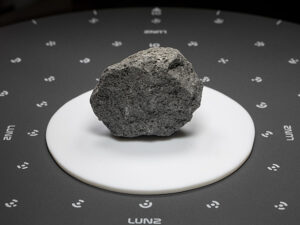
They set up a camera on the lunar surface to transmit data to Earth, deployed a solar wind composition experiment, set up a laser ranging retroreflector, and took many photographs and lunar samples. The laser ranging retroreflector, created in 1961, was hit with a laser beam sent from Earth, and the timing was recorded to determine the distance from the source to the reflector.
When the team returned with the soil and rock samples, researchers studied some of the samples to learn more about the history and composition of the Moon. They learned that the Moon’s crust formed 4.4 billion years ago, around the same time the Earth formed. The research also shows evidence of trapped radiation in the soil—a sign of solar activity at the time of formation—and meteorite showers and lava outpourings that are recorded in the rocks. While many samples were used for research, many samples were also preserved for future testing when technology would be more advanced and capable of revealing more data.
NASA gives out nearly 400 lunar samples each year for research and educational projects. Samples from the Apollo missions 55 years ago are still being tested to this day!
Completing the Apollo 11 Mission
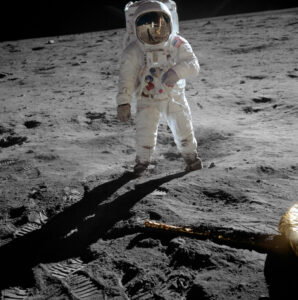
Despite having to navigate a rocky landing site, work with the change in and irregularity of gravity on the Moon, and troubleshoot issues of depressurization when Aldrin and Armstrong undocked from the command module, the mission went very successfully. The astronaut crew was able to troubleshoot every problem that arose while inspiring those watching from Earth. The mission provided information on the potential for life on other planets and future space exploration.
A plaque left on the Moon by the crew reads, “Here men from the planet Earth first set foot upon the Moon, July 1969 A.D. We came in peace for all mankind.”
Beyond the Apollo 11
Leaving several American flags, notes of goodwill from 73 countries, and the crews’ permanent bootprints on the lunar surface, the Apollo 11 crew forever changed the world, showing what people are capable of and inspiring future generations to reach for the stars. The Apollo 11 mission marked the first time in human history that anyone has set foot on another celestial body.
In the following years, other astronauts got the chance to explore the Moon, but they certainly won’t be the last. Other missions are being planned to learn about the permanently cold regions of the Moon and to send people to Mars to learn about life on other planets as well as the history of our solar system. Apollo 11’s 55th Anniversary celebrates a tremendous achievement and continues to inspire future space missions.

